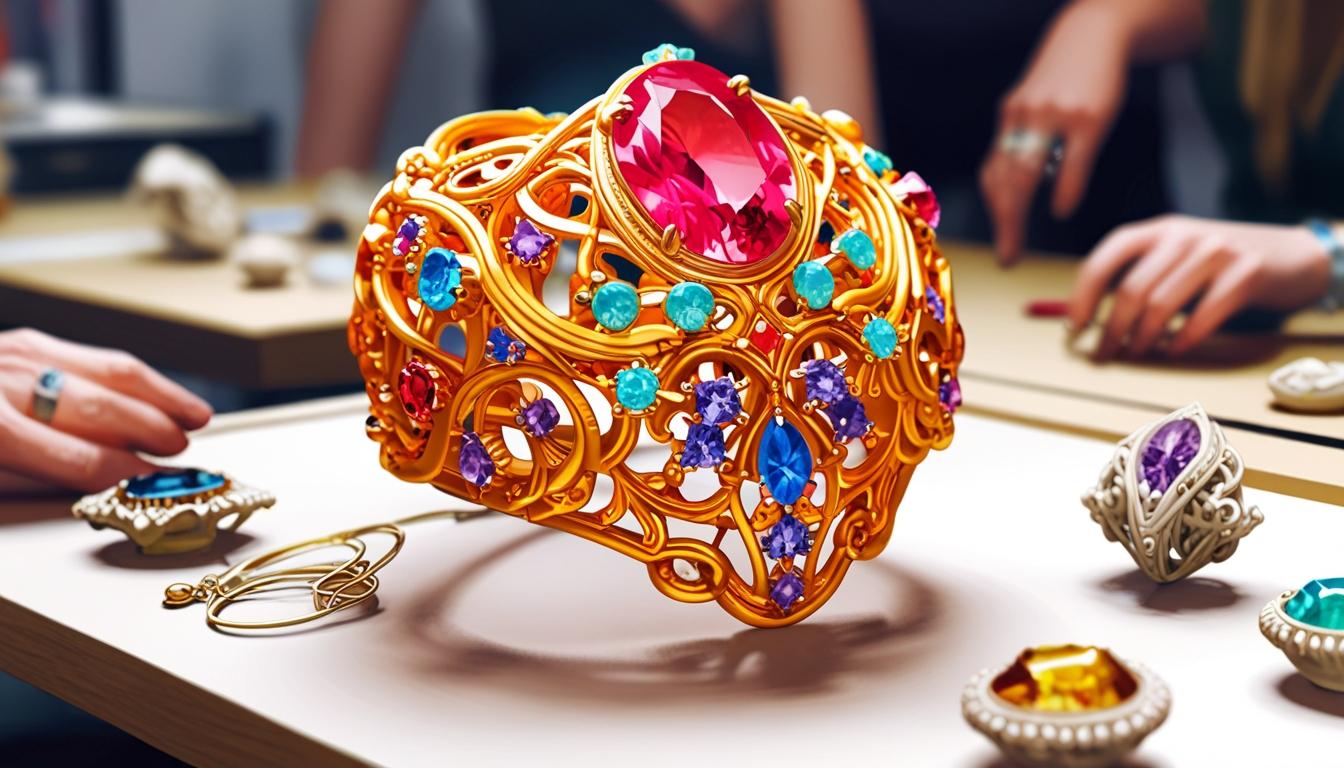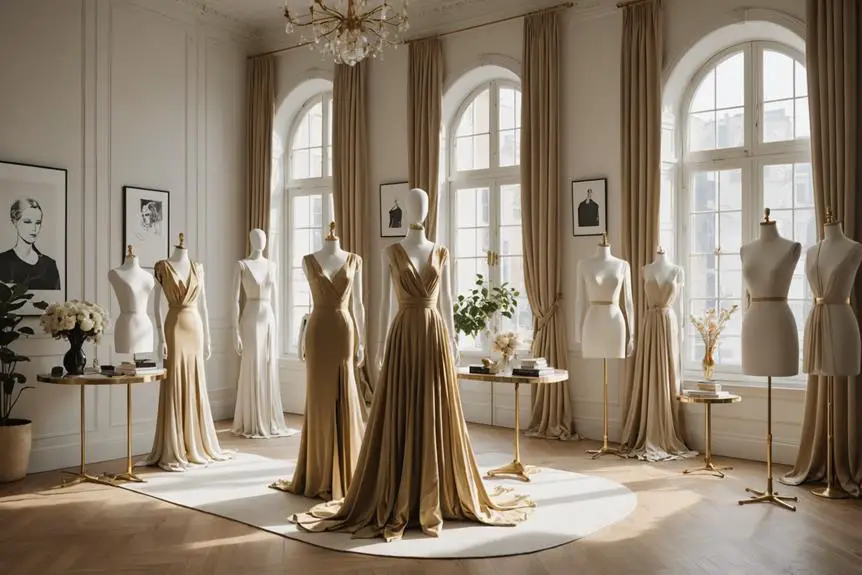Modern technology is reshaping the jewelry industry, blending traditional craftsmanship with innovative techniques like 3D printing and AI, but challenges remain in preserving artisanal artistry.
Jewelry has historically been an art form that reflects the cultural and artistic values of its time, deeply rooted in traditions of meticulous craftsmanship and skilled artistry. However, the last quarter-century has seen a remarkable transformation in the jewelry industry, primarily driven by modern technology. As innovations like 3D printing and artificial intelligence (AI) make their mark, the craft of jewelry design is experiencing a redefining moment.
3D printing has emerged as a particularly significant force within the realm of jewelry manufacturing. Traditionally, designing a piece such as a pendant or a ring required extensive manual skill and patience, often taking days or even weeks. Today, however, 3D printing allows for designs to be created digitally and rendered in precise detail, bringing imaginative concepts to life with unparalleled accuracy and speed. The technology enables jewelers to produce custom pieces with intricate detailing that was once reserved for elite commissions, offering personalization options that were previously unimaginable.
For instance, a jeweler crafting a Star of David necklace can now use digital tools for flawless geometric precision, circumventing many traditional constraints. While this shift promotes efficiency and accessibility in design, it raises questions about the essence of craftsmanship. Critics are concerned that the soul of jewelry—often imbued by the artisan’s unique intuitive approach and experience—might be lost when designs are produced through software rather than the human touch.
Moreover, 3D printing contributes to sustainability in jewelry production, reducing material waste by allowing pieces to be created with only the necessary amount of metal or other materials. This shift is increasingly relevant as consumers become more conscious of ethical and environmental considerations in production practices.
In tandem with 3D printing, AI is reshaping not only how designs are conceptualized but also the consumer experience. Through algorithms, jewelry design can now explore an infinite variety of styles and concepts based on user-defined parameters, enhancing creative possibilities. For example, a designer seeking influences from the Art Deco period can receive dozens of innovative interpretations that might have never reached fruition through human creativity alone.
Despite these technological advancements, the integration of AI has not been without controversy. Skeptics argue that AI lacks the capability to grasp the emotional or symbolic significance often associated with such pieces—in particular, timeless treasures like engagement rings or family heirlooms. There are concerns that as AI-generated designs proliferate, the uniqueness of fine jewelry may diminish, causing a homogenization that detracts from the individual character of each piece.
Additionally, the customer experience itself is evolving, as online retailers increasingly utilize AI to suggest personalized jewelry options to consumers. Innovations such as virtual try-ons using augmented reality (AR) allow potential buyers to visualize how specific pieces might appear on them before making a purchase. While these advancements offer convenience, they also provoke contemplation about the loss of the tactile and emotional experience traditionally associated with shopping at a local jeweler.
As technology continues to advance, the landscape of the jewelry industry is set to change in ways that may not yet be fully understood. New techniques such as laser cutting allow for heightened precision, while machine learning (ML) applications are making strides in assessing gemstone quality. Furthermore, the exploration of blockchain technology aims to create transparent and tamper-proof records concerning the origins of gemstones, enhancing ethical sourcing practices.
Yet, amid all these technological developments, the inherent appeal of jewelry as a form of artistic expression and personal identity remains intact. From the intricacies of Renaissance-era filigree to the contemporary avant-garde styles, jewelry captures not just craftsmanship but also cultural resonance. The challenge faced by modern jewelers lies in preserving the essence of traditional artistry while embracing the potential offered by technological evolution.
The jewelry industry finds itself at a pivotal juncture: it must determine whether technology serves to enhance established traditions or risks replacing them. Historical precedents show that the balance between innovation and tradition is fraught with complexity, and today’s artisans must navigate these dynamics carefully. Ultimately, even with the advent of AI and 3D printing, the magic of jewelry endures—reflecting a profound narrative steeped in history, artistry, and now, evolving innovation.
Source: Noah Wire Services




